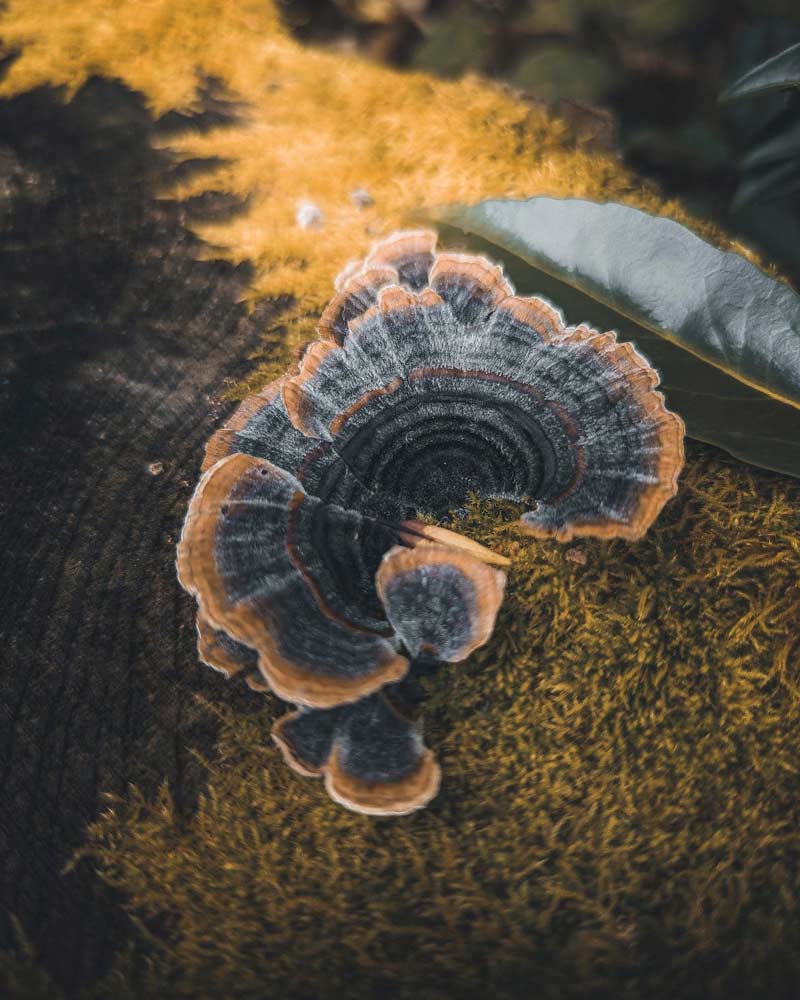Fungi VS. mushroom: what is the difference?
The terms “fungi” and “mushroom” refer to different aspects of the same biological group. Here’s the difference:
Fungi is a kingdom in the classification of living organisms, which includes a diverse range of organisms such as yeasts, molds, and mushrooms. Fungi are eukaryotic organisms, meaning they have cells with a nucleus enclosed by a membrane. They are heterotrophic, obtaining nutrients by absorbing them from their environment. Fungi play essential roles in ecosystems as decomposers, symbiotic partners, and as pathogens.
A mushroom is a specific type of fungus characterized by a spore-bearing fruiting body. It is the visible, above-ground reproductive structure of certain fungi. Mushrooms are typically made up of a stem (stipe), a cap (pileus), and gills (lamellae) underneath the cap where the spores are produced. Not all fungi produce mushrooms, but those that do use them as a means of dispersing their reproductive spores. They have been around for a remarkably long time. Fossil evidence suggests that mushrooms have existed on Earth for at least 1 billion years, predating the existence of dinosaurs.
Chaga is commonly referred to as a mushroom due to its appearance and growth pattern, but technically, it is not a true mushroom. It is a type of fungus that belongs to the Hymenochaetaceae family. Chaga specifically refers to the conk or sclerotium (a mass of mycelium) that grows on the bark of birch trees. The chaga conk has a distinctive shape and texture, resembling a blackened, woody mass. While it is not a typical mushroom with a cap and stem, it is still often referred to as a mushroom for simplicity and familiarity.
We’ll end on the fascinating symbiotic relationships mushrooms form with other organisms. Mycorrhizal fungi, for instance, form mutually beneficial partnerships with trees, helping them absorb nutrients while receiving sugars in return. Read more about this here.
